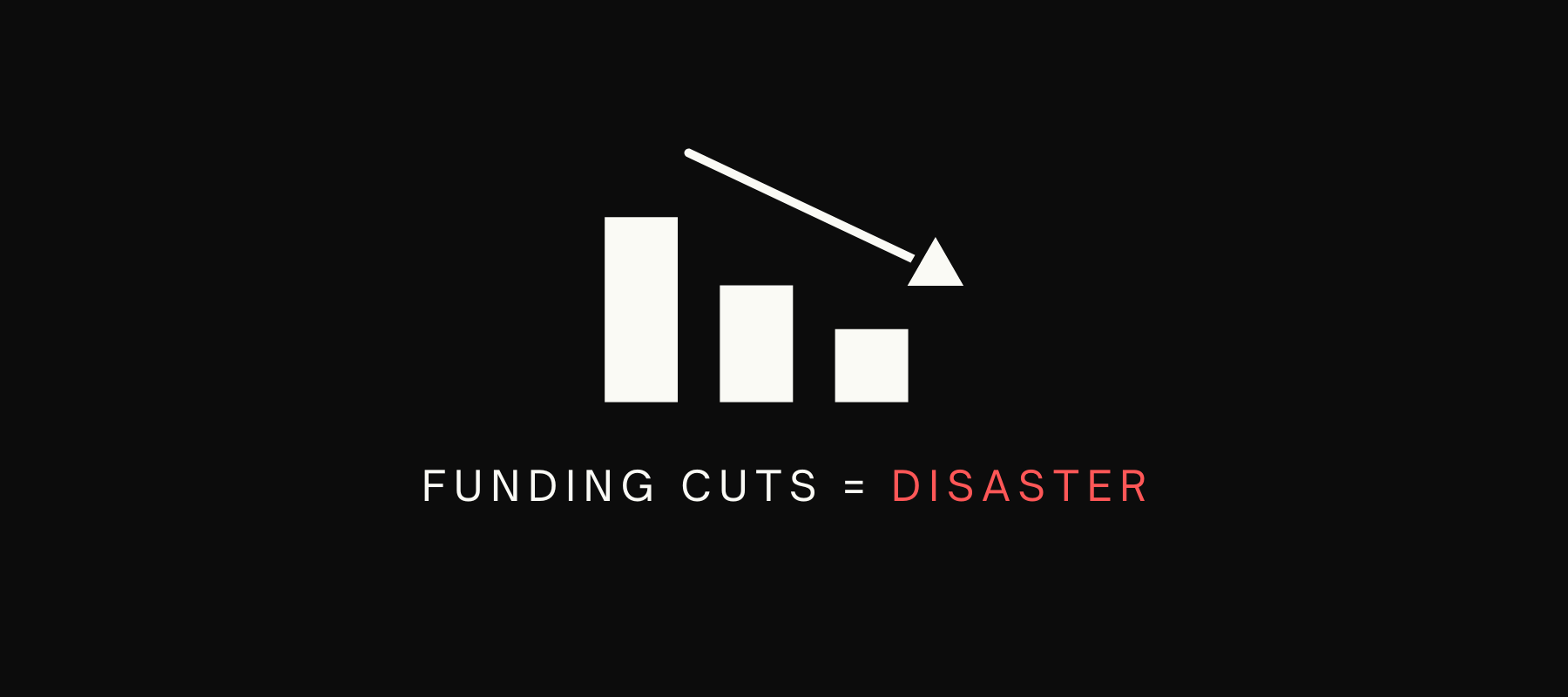Why are so many people needing food banks when the BC economy is growing?
Last week, Statistics Canada released new data showing the BC economy did better than expected in 2014, growing by 3.2% in real terms. This is a strong economic performance, the fastest on record since the recession ended.
The new growth numbers were published just as the annual Welfare Food Challenge organized by Raise the Rates captured headlines in BC with news of just how impossible it is to buy nutritious food on a welfare budget in this province.
Indeed, it seems economic growth post-recession has done little to improve the lives of BC’s most vulnerable residents — those who rely on food banks to feed themselves and their families. This is the take-away of the recently released report on food bank use in Canada, Hunger Count 2015.
Despite strong economic growth, over 100,000 British Columbians needed food banks and other food programs in March 2015, an increase of close to 3% since the previous year. Food bank use rose faster in BC than in Canada as a whole, despite stronger than average economic growth in 2014.
Why? The answer becomes clear when we look at who are the people needing food banks. In BC, 33% of people who resorted to food banks in March 2015 received social assistance as their primary source of income and another 32% received disability-related income support.
This is hardly surprising, considering that welfare rates in BC (including disability assistance) have been frozen since 2007. Since then, food costs have risen by 18% and housing costs grew fast too.
When people receiving government income supports are forced to rely on food banks to meet their needs, it’s clear that our income supports are inadequate. When 2/3 of all food bank users are on government income supports, the system is in urgent need of reform.
This isn’t just a BC problem. Canada-wide, a similarly large share of people who needed food banks were on government income supports but the breakdown was different: 46% on social assistance and only 18% on disability-related income supports. What is different is the BC government can no longer plead poverty after running budget surpluses for two consecutive years, including a surplus of $1.7 billion in 2014/15.
There is no excuse for pitifully inadequate welfare and disability rates in a province that’s growing fast and running budget surpluses. The rise in food bank use in 2015 represents a failure of government policy.
The solution isn’t more food bank drives or donations to charity. We have to reduce the need for food banks. Economic growth alone is clearly not having a measurable effect, as demonstrated by increasing food bank use post-recession despite real economic growth. The key lever we have is public policy.
Even Food Banks Canada recognizes that. Just look at their recommendations: they are all for public policy changes to ensure adequate income supports and services like affordable housing and training for adults with low literacy rates (note cuts to adult basic education in BC are exactly the opposite of what’s being recommended).
Topics: Economy, Poverty, inequality & welfare, Provincial budget & finance



